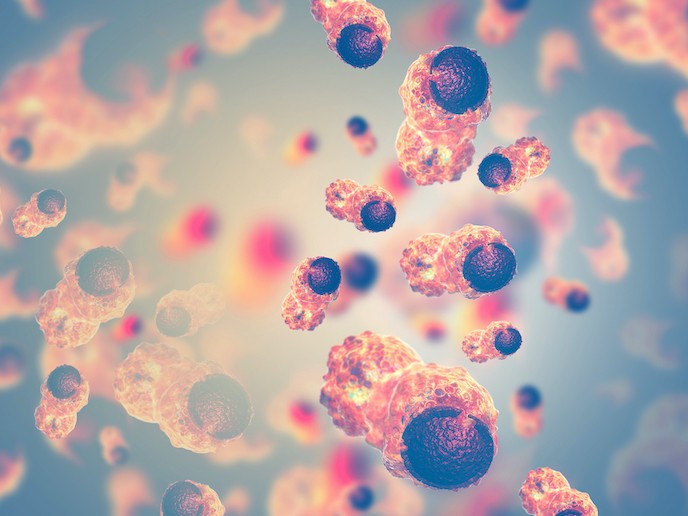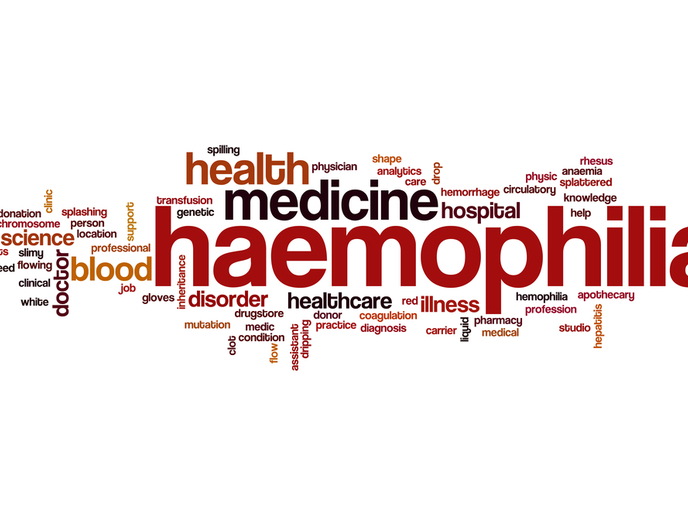Hunting new T-cell receptors to fight cancer
Thanks to recent advances in genome editing, researchers are finding innovative ways to use the immune system more effectively. One such method is T-cell receptor (TCR) gene therapy. “T cells are the professional killers of the immune system and are characterised by the unique ability to perceive ‘foreign’ material through receptors expressed on their surface, named TCRs,” says Eliana Ruggiero. She is a project leader in the Experimental Haematology Unit at the San Raffaele Scientific Institute, Milan and lead researcher of THAT IS HUNT, a research project supported by the Marie Skłodowska-Curie programme. Ruggiero’s research focused on a specific disease: acute myeloid leukaemia (AML), a largely incurable form of cancer that first grows in blood-forming tissue such as bone marrow. Treatment requires stem cell transplants, which contain white blood cells that recognise cancer cells through the TCR. Unfortunately, these white blood cells are known to attack healthy tissues as well, which can lead to severe toxicity in the patient. A new treatment exploiting the benefits of the transplant while reducing the toxicity is needed. “The idea is to generate an army of cells able to recognise the tumour and to provide long-term protection against disease recurrence,” explains Ruggiero. Yet TCR gene therapy is currently limited by the paucity of tumour-specific TCRs. THAT IS HUNT set up several strategies to hunt for novel TCRs able to recognise cancer cells. “We have identified 21 TCRs, able to recognise six different tumour antigens. Some of these receptors have already been validated for their ability to recognise and eliminate leukaemic cells,” says Ruggiero.
Seeking the receptors
Ruggiero, who worked with other members of the team at the Experimental Haematology Unit, run by Chiara Bonini, used several cutting-edge technologies in the research. High dimensional flow cytometry (a form of data analysis) helped THAT IS HUNT to profile tumour-specific T cells in leukaemic patients. Ligandome analyses, even just through their preliminary results, led to the identification of interesting peptides that they plan to investigate further in future studies. “However, TCR high-throughput sequencing, which can identify and quantify T cells in any tissue sample, held the greatest value in this project. It provided us with the opportunity to track the dynamics of tumour-specific T cells in patients and correlate them with the clinical outcome. We were also, most importantly, able to identify a library of tumour-specific TCRs that can be used to generate novel therapies,” Ruggiero explains.
Building a TCR library
In time, THAT IS HUNT will create a library of tumour-specific TCRs. This would allow patient-specific T-cell therapy for virtually all patients in need and provide more than one T-cell therapy for each patient. This would be more effective against the tumour’s attempts to evade any therapy. The team’s results could be extremely useful to the scientific community, for two main reasons. “The detailed profiling of leukaemia-specific T cells will streamline the identification of this peculiar population in patients affected by other tumour entities,” she explains. As a consequence, the selection of the most efficacious therapy will be facilitated. And all the tumour-specific TCRs gathered through the research will be made available to European clinical centres and top-ranking scientific institutes. “In the future, we plan to work on the implementation of the scientific results obtained here for the generation of new therapeutic tools to fight blood cancer as well as solid tumours,” Ruggiero adds.
Keywords
THAT IS HUNT, cancer, T cell, treatment, receptor, library, tumour, leukaemia







